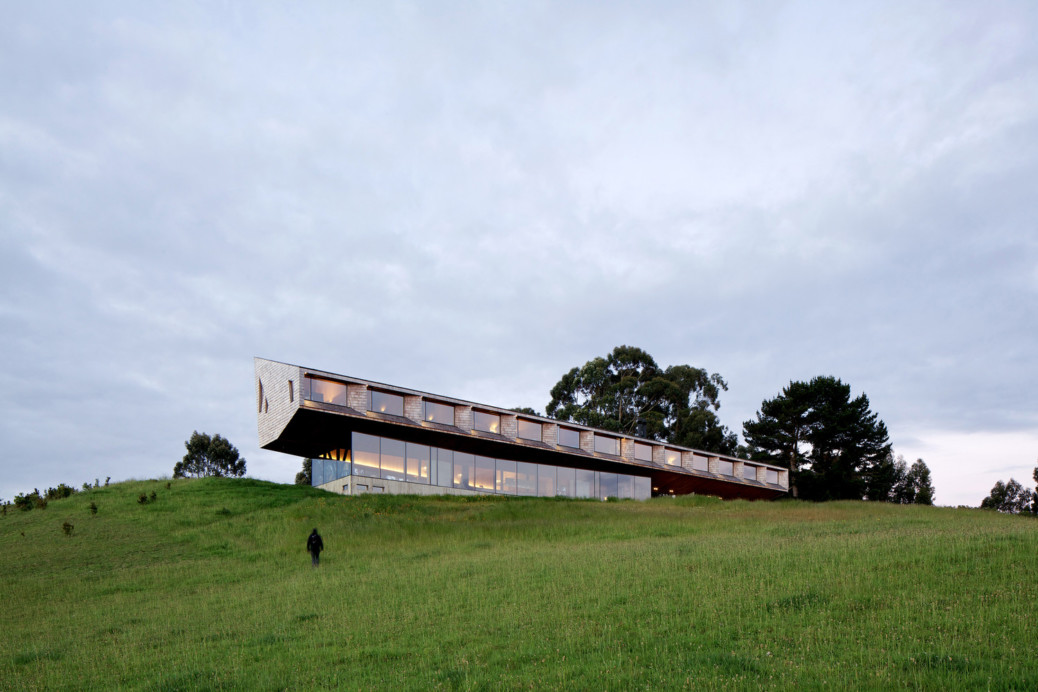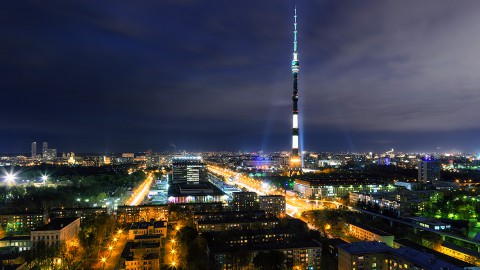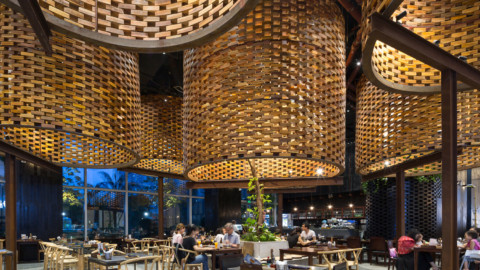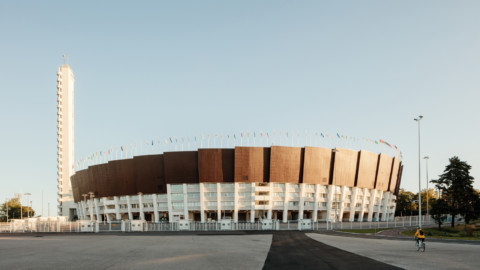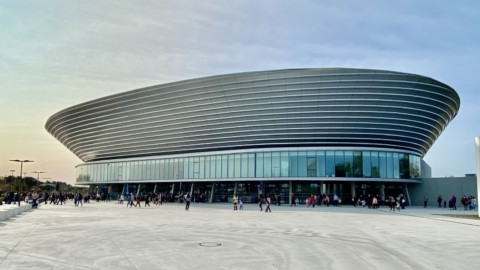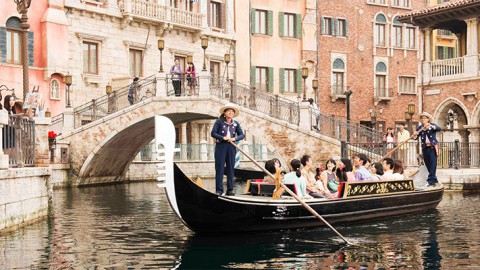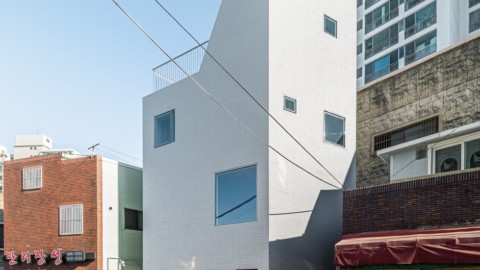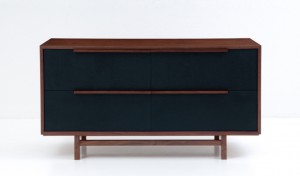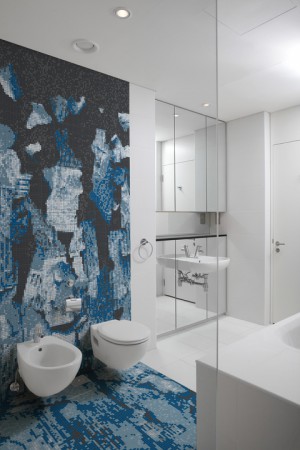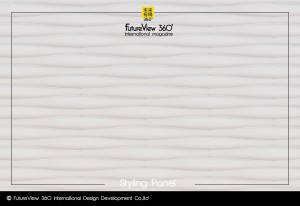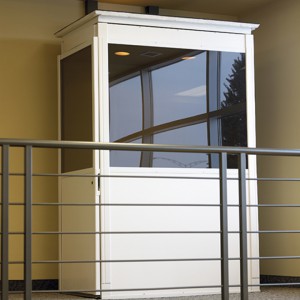Architects: Mobil Arquitectos
Area: 1250 m²
Year: 2011
Photographs: Nico Saieh
Manufacturers: Añihue
Architects In Charge:Sebastian Morandé, Patricio Browne, Antonio Lipthay
Collaborator Architect:Cristian Palma
Structural Engineering:Rodrigo Mujica, VMB-engineering
Construction:Ruben Paredes
Interior Design:Ignacio Yrarrazaval
Energy Efficiency And Facade Engineering:Esteban Undurraga, Juan Cristobal Perez
Hvac:Juan Cristobal Perez
Parametric Design:Lyon Bosch
Lighting:Monica Perez & Associates
Site Area:6 ha.
建築師:Mobil Arquitectos
面積:1250平方米
年:2011
攝影:Nico Saieh
製造商:Añihue
負責建築師:SebastianMorandé,Patricio Browne,Antonio Lipthay
合作建築師:克里斯蒂安·帕爾馬(Cristian Palma)
結構工程:Rodrigo Mujica,VMB工程
建築:Ruben Paredes
室內設計:Ignacio Yrarrazaval
能源效率和幕牆工程:Esteban Undurraga,Juan Cristobal Perez
暖通空調:胡安·克里斯托瓦爾·佩雷斯
參數設計:Lyon Bosch
照明:Monica Perez&Associates
用地面積:6公頃。
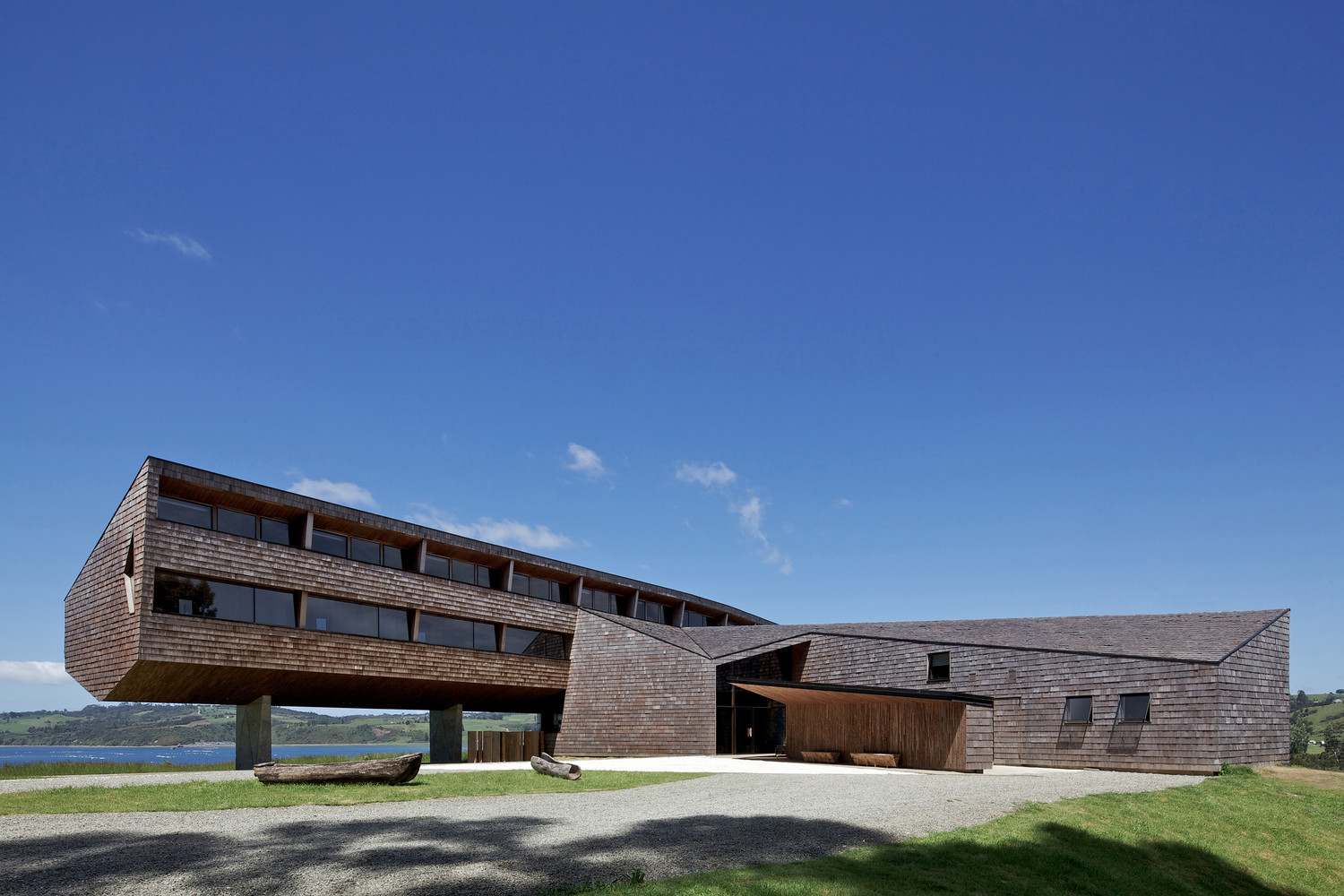
The Refugia Hotel is located on the Rilan Peninsula on the Island of Chiloé in the Lakes Region of southern Chile. From the site, one has a distant view across an inland sea of the volcano-studded Andes on the mainland. Nearby on the surrounding the peninsula, one can enjoy the on-going activity of the tides, the picturesque beauty of the waterways, and the rich biodiversity of the wetlands of Pullao.
The Refugia Hotel酒店位於智利南部湖泊地區奇洛埃島的Rilan半島上。 從該地點可以遠眺大陸上散佈著火山的安第斯山脈的內陸海域。 在半島周圍的附近,人們可以欣賞到潮汐的持續活動,風景如畫的水道之美以及Pullao濕地豐富的生物多樣性。
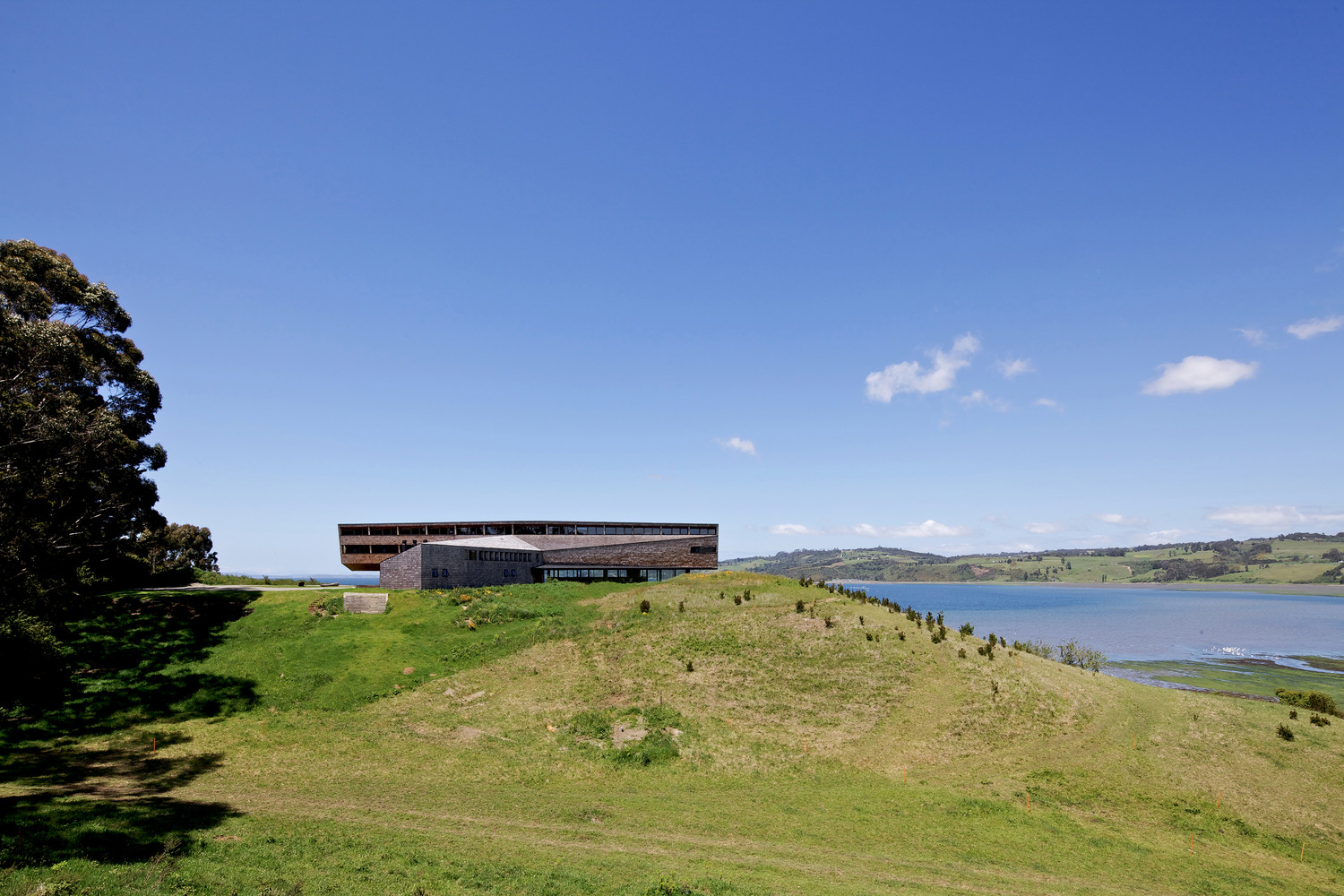
The architecture of the hotel seeks to plant a light footprint on the topography of the landscape. In the manner of a bridge, a linear arrangement of rooms, suspended on four concrete pillars, is designed to be a structural composition perched on a hilltop, rather than an opaque edifice growing out of it, maximizing light, space, sky, and perspective.
該酒店的建築力求在景觀的地形上營造出光影。 以橋樑的方式,懸掛在四個混凝土支柱上的線性佈置的房間被設計成是一種結構組成物,棲息在山頂上,而不是從上面生長出來的不透明建築物,從而最大化了光線,空間,天空和視野 。
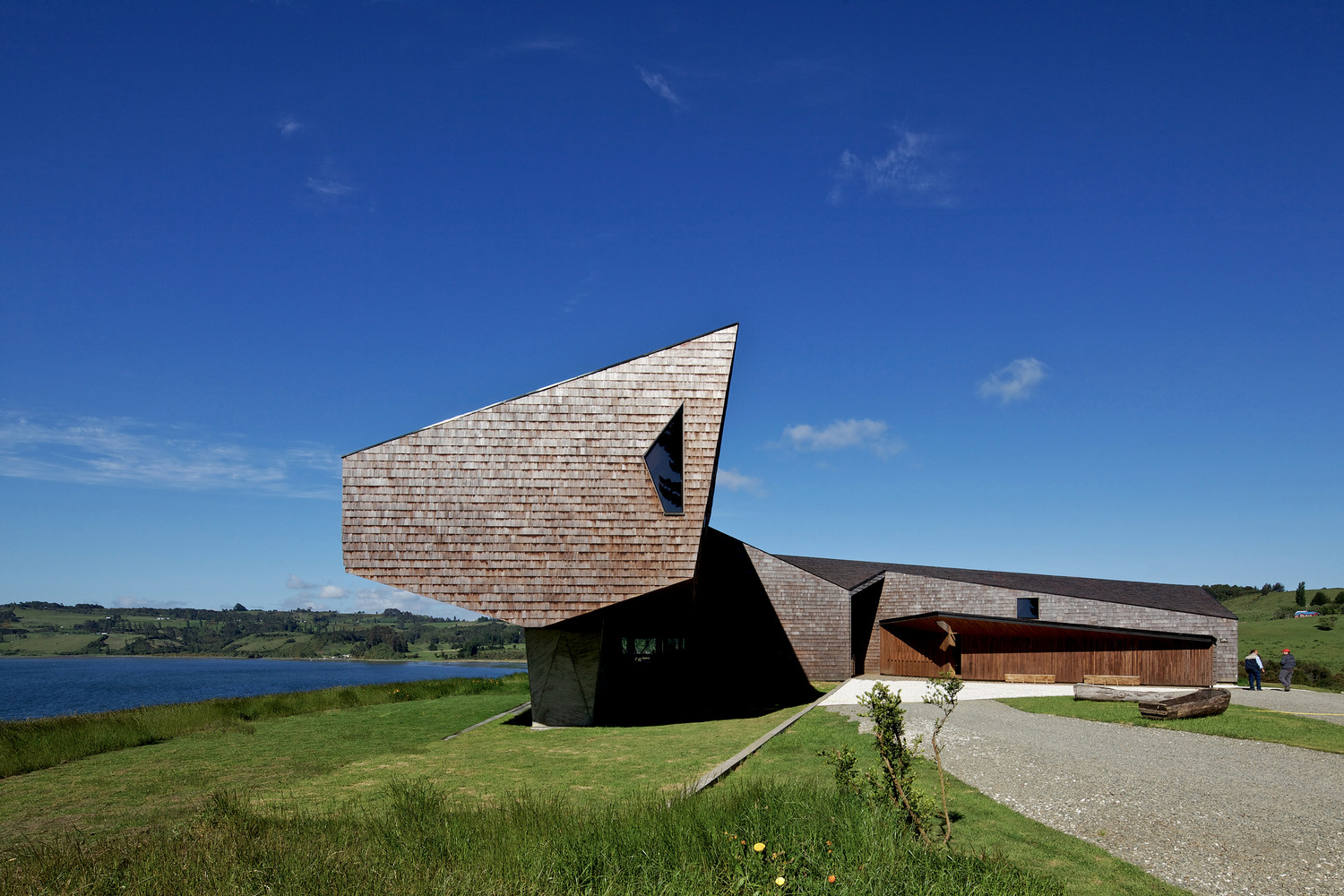
The island’s climate is both enchanting and fickle, and at times, extreme. In just one hour there might be wind, sun and/or rain. An effort was made to capture the splendor of this variability with extensive glass facades and wooden-clad ceilings of larch in the central spaces as well as exterior sheltered spaces, encouraging contact with an environment that is the unique experience of visiting Chiloé.
該島的氣候既迷人又變幻無常,有時甚至是極端的。 在短短一個小時內,可能會刮風,曬太陽和/或下雨。 為了在中央空間以及外部庇護空間中使用大量的玻璃立面和落葉松木覆蓋的天花板,努力捕捉這種變化的輝煌,鼓勵與環境的接觸,這是參觀Chiloé的獨特經歷。
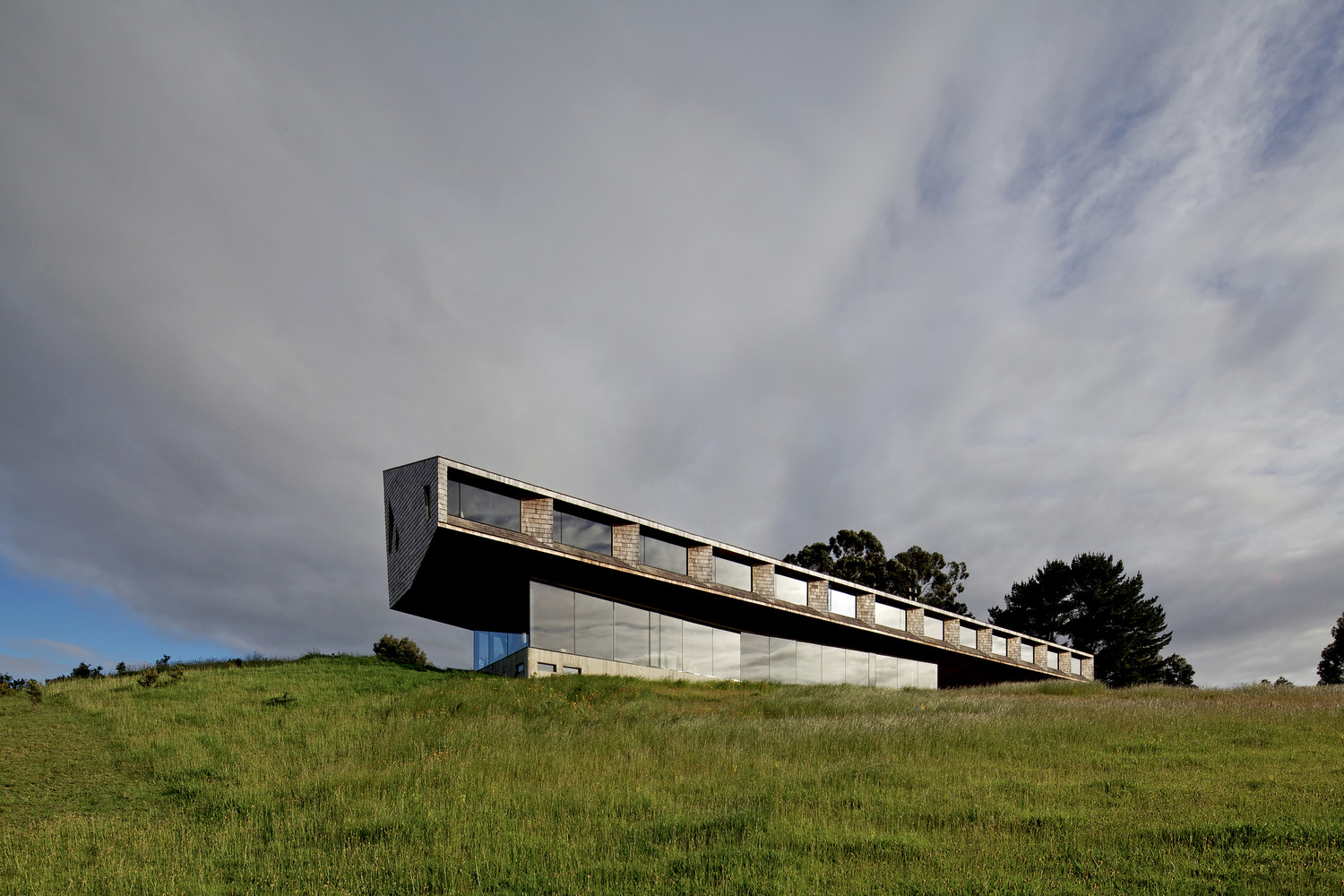
One of the design challenges of the project was to reconcile the fact that the views from the hotel were predominantly southward while capturing or dissipating the heat from the sun coming from the north (remember this is the Southern Hemisphere) in the predominantly cold and rainy weather of Chiloé. To do this, passive design strategies that optimize the use of energy were employed, including harnessing the sun’s heat trapped in concrete floors, promoting radiant heat cross ventilation to keep cool and to ventilate common spaces, and using eaves to prevent the entry of the sun during the summer.
該項目的設計挑戰之一是調和這樣一個事實,即在寒冷和多雨的天氣中,酒店的景色主要是向南,而從北方(記住這是南半球)來的陽光吸收或消散了熱量 Chiloé。 為此,採用了優化能源利用的被動設計策略,包括利用被困在混凝土地板中的太陽熱量,促進輻射熱交叉通風以保持涼爽並為公共空間通風以及使用屋簷防止陽光進入 在夏天。
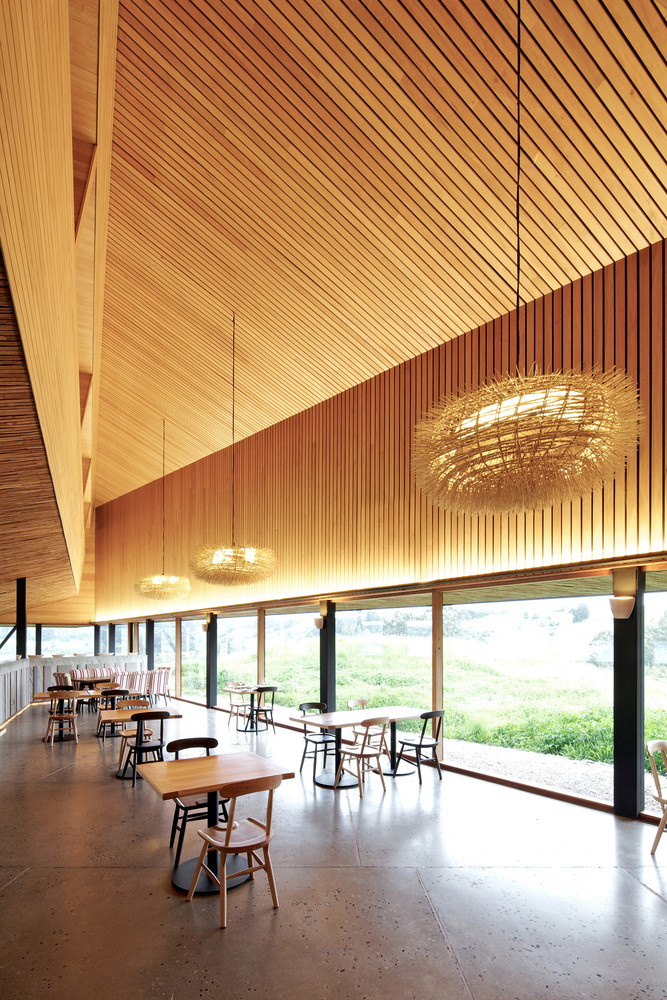
Other considerations included calculating the effect of driving rainwater, carefully designing the orientation and configuration of openings and windows to take advantage of natural light and to maintain heat control, and employing skylights at crucial points. These strategies were combined with highly efficient mechanical systems in conjunction with an insulated and ventilated skin designed to ensure the lowest possible heat loss and cooling efficiency.
其他考慮因素包括計算驅動雨水的效果,仔細設計開口和窗戶的方向和配置以利用自然光並保持熱量控制,以及在關鍵點使用天窗。 這些策略與高效的機械系統以及隔熱和通風的皮膚相結合,旨在確保最低的熱量損失和冷卻效率。
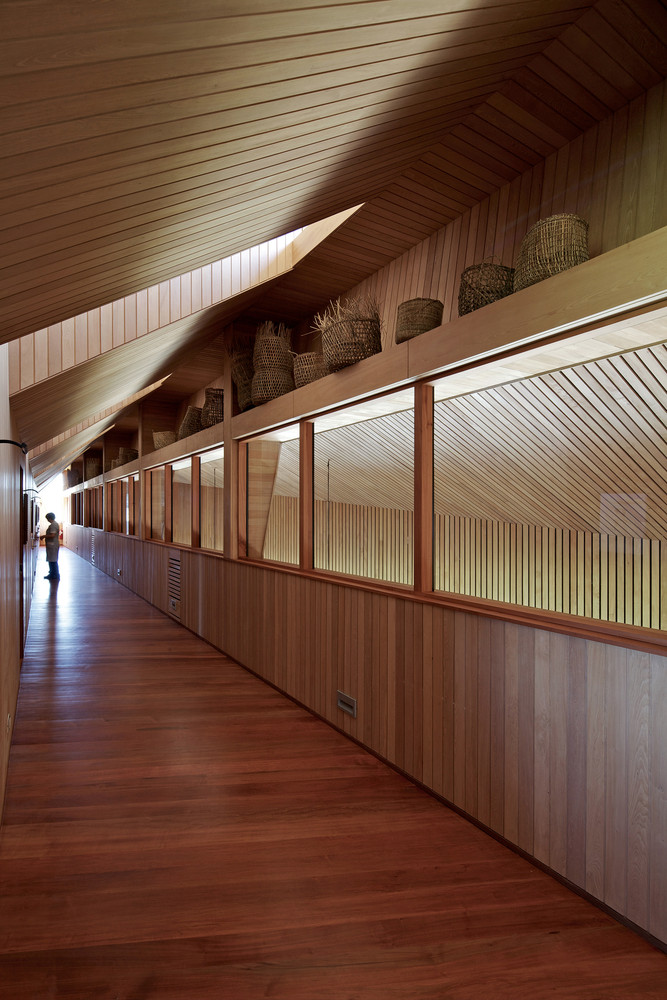
The use of geometry and the application of wood in the design of the skin of the structure, as well as the interior partitions, were central to the overall architectural concept. Using parametric design technology to predict the optimal shape of each larch shingle and its positioning, complemented with artisanal labor to craft and install them, was an innovative architectural and building technique that proved highly successful – the complementary melding of technology and manual skills.
幾何結構的使用和木材在結構表皮以及室內隔斷的設計中的應用是整個建築概念的核心。 使用參數化設計技術來預測每個落葉松木瓦的最佳形狀及其位置,並輔以手工勞動來製作和安裝,是一種非常成功的創新建築技術,是技術與手工技能的完美融合。
Don’t you think it’s addictive?
Want to know more about the beauty of architecture?
Come and join our members to explore the beauty of architectural design.
覺得看得不過癮嗎?
想要知道更多建築之美嗎?
快來加入我們的會員,一同探索建築設計之美。
The above article is purely for appreciation and sharing purposes, as well as the construction of new technology and the public can be in-depth understanding of the information at the same time there are sources, will be able to query, no use of the document as a commercial transaction, if illegal, please inform the We will immediately remove the site, thank you for cooperation.
以上文章純粹作為欣賞及分享用途,以及將建築新型技術傳遞給與大眾能夠深入了解,同時資料還有來源,將可查詢,絕無使用該文件資料作為商業交易行為,如有違法請務必告知該網站我們將立即處理撤除,謝謝合作。

